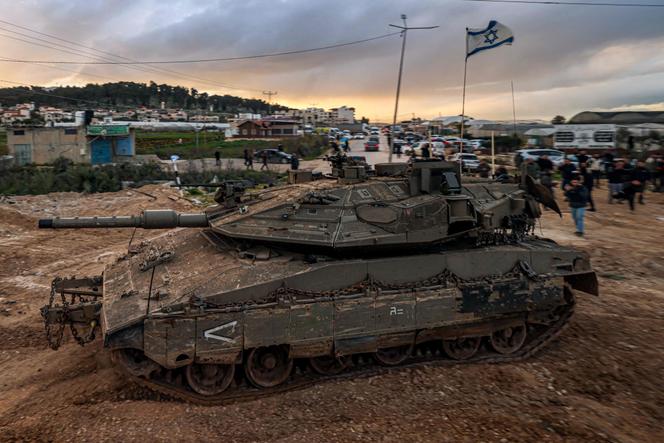


Since the return of the bodies of Shiri Bibas and her two young children, who died in detention in Gaza, and Israel's announcement that they had been executed "with bare hands" by their captors, Benjamin Netanyahu has been deliberately maintaining ambiguity about the continuation of the war and the future of negotiations with Hamas on a new ceasefire. "We are ready to resume intense fighting at any moment, our operational plans are ready," threatened the Israeli prime minister, during a speech delivered on Sunday, February 23, to a group of officers in Holon, central Israel, and broadcast live.
"We will fully achieve the objectives of the war, whether by negotiation or by other means," he added. A few hours later, the Israeli army announced it was raising its "operational alert level" around the Gaza Strip.
The previous day, Netanyahu had already ordered in extremis the postponement of the release of 620 Palestinian prisoners, scheduled as part of the first phase of the ceasefire, in force in the Gaza Strip since January 19. The release of these prisoners followed the release of six Israeli hostages a little earlier. The ritualistic staging of the release of five of them, on a platform amidst armed men and crowds, was accompanied this time by a particularly cruel video broadcast afterward.
You have 79.32% of this article left to read. The rest is for subscribers only.
